Sunflower seeds, right from the source.
The other day, I had a helicopter charter from Wenatchee to Ephrata. My landing zone was a harvested sunflower field.
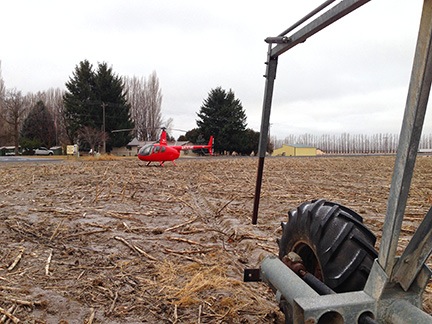
I parked not far from the end of the irrigation pivot for the field.
The ground was rough but frozen hard. I landed with my skids perpendicular to the furrows where the plants had been lined up during the growing season. Thick dried stalks littered the field and, as I came in for my landing, I wondered how many would become airborne and whether they’d cause me any problems. Some did stir while other pieces of the harvested plants got airborne in my downwash as I neared the ground. But there was no danger. I settled down so softly, my passengers even commented on it.
“Smooth,” one of them said as he unbuckled his seatbelt.
My two passengers climbed out as I began the cool down procedure. They walked around the front of the helicopter, well beneath the spinning blades, and met the men they’d come to see alongside the road. I watched them cross the street and disappear down a driveway.
It didn’t take long to cool down the engine. It was 1°C outside. I brought the blades to a stop and climbed out to survey my surroundings and take another look at the ground near my skids. It’s a habit I have on off-airport landings — checking the skids to make sure they’re free of objects or terrain that could cause a dangerous pivot point later when it was time to leave. And, of course, I took a few pictures; I always photograph my landing zones.
That’s when I found out what I’d landed on. From the air, I’d assumed it had been corn. But there were quite a few big, round structures in the field and it didn’t take long to figure out what they were: the seed heads of sunflowers.
The Seed Heads

This Google satellite view tells the story of a big round field with a draw running through it and a smaller field in the corner where I’d parked.
This part of Washington is farm country. While they mostly grow tree fruit and grapes in the Wenatchee area where I live, out toward Quincy and Ephrata and Moses Lake they grow a lot of row crops. The corner of this huge field had its own little irrigation pivot. I don’t know what they grew in the rest of the field, but this corner had been sunflowers, and lots of them. I could only imagine how beautiful they must have looked in bloom.
Now there were just scattered seed heads lying around. Like any machine-harvested field, some crops are left behind.
I got to thinking about those sunflowers and all the seeds that were embedded in them. Hundreds in each seed head. They obviously didn’t want them. If I grabbed a bunch, pulled the seeds off, and scattered the seeds around my 10 acre lot in Malaga, there’s a good chance I’d get a few sunflowers for very little effort. My bees would be very pleased indeed for the late season pollen and nectar source.
I started gathering seed heads. They were dry but dirty. The stalks on some were quite long. I pulled out my pocket knife and sawed them off.
I’d gathered four of them and had stowed them under one of the back seats when I got a text message from my client.
“You can come in if you want,” it said.
Usually, I sit out at the helicopter and read while I wait for my passengers. But usually, it isn’t 1°C outside. I realized I was cold. I closed up the back seat, put my knife away, grabbed my iPad, and traced their steps across the street and into the lobby of the nursery/packing house they were visiting. After explaining who I was, I settled down on one of the chairs there, took off my coat, and read.
The Seeds
I brought the seed heads home from the airport after our flight and stowed them in a big shoebox in the garage. (Now I know why I saved that box.) I wasn’t sure how wet they were and I didn’t want bugs in the house or mice among the seed heads.
Today, I took them out for a better look. They were quite beautiful in an old, post-harvest kind of way. They were brown — not black, as we’re so accustomed to seeing in snack packaging. I’m not sure if they were brown because of the dirt or because of the type of sunflower.
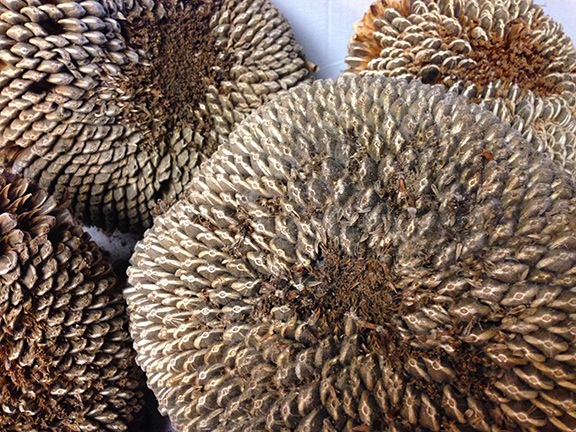
Seed heads in a shoebox.

Harvested sunflower seeds beside the largest of the four seed heads I brought home.
I picked one up and, holding it over the box, rubbed it roughly with my thumb. The seeds began to dislodge and fall off into the box. About ten minutes of rubbing cleared them off the three smaller seed heads. I figured I had about 2,000 sunflower seeds. The final seed head would likely add another 1,000 or so.
The plan is to let them dry indoors in the box. When I’m sure they’re good and dry — and I honestly think they already are — I’ll put them in a bag. In February, before I leave for my frost gig, I’ll scatter them all over my property, keeping about 100 or so to manually plant alongside my vegetable garden.
But before I do any of that, I’ll likely soak a few of these to make sure they sprout. After all, there is a chance that they’re hybrids grown for some specific purpose — oil, seeds, etc. — and that the seeds themselves aren’t fertile. I’ll know soon enough.
3,000 free sunflower seeds. Not bad for a bit of scavenging.

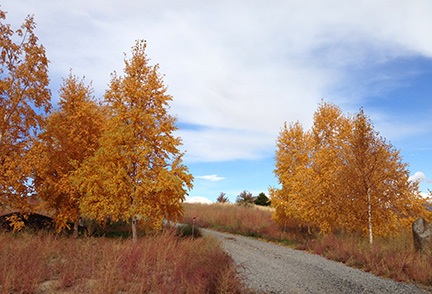

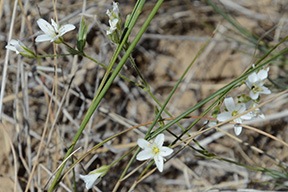
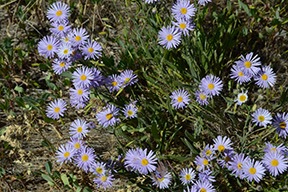
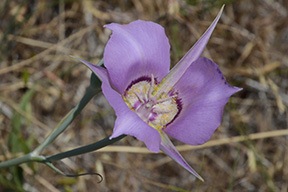
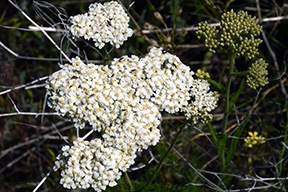
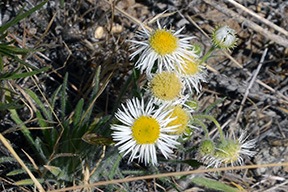
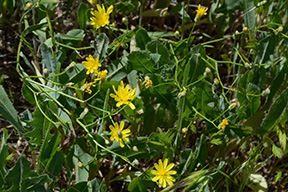
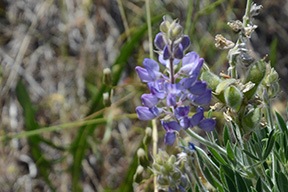

 Unfortunately, my husband didn’t spend much time at our Wickenburg home over the summer. That was pretty obvious from the condition of the yard and flower beds when I returned. He’d planted a vegetable garden, which was mostly dead. And five of the eight cape honeysuckle plants were either missing or reduced to dead sticks. Everything was bone dry. When I checked the irrigation system, I found the spigot turned off.
Unfortunately, my husband didn’t spend much time at our Wickenburg home over the summer. That was pretty obvious from the condition of the yard and flower beds when I returned. He’d planted a vegetable garden, which was mostly dead. And five of the eight cape honeysuckle plants were either missing or reduced to dead sticks. Everything was bone dry. When I checked the irrigation system, I found the spigot turned off.



